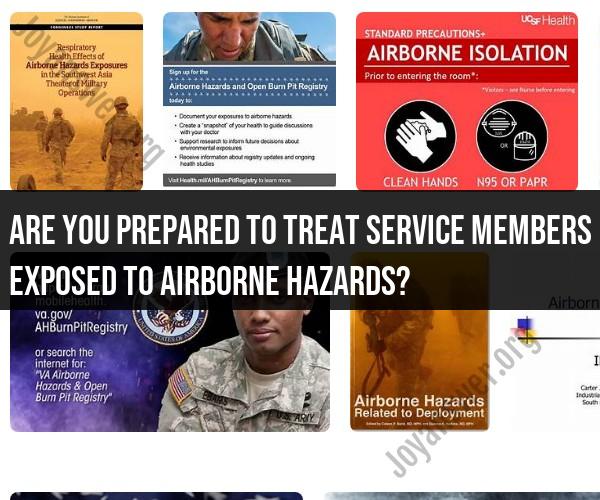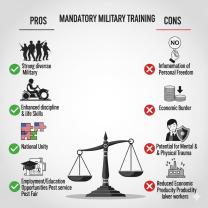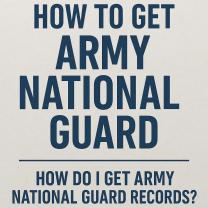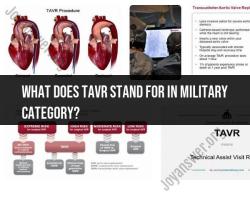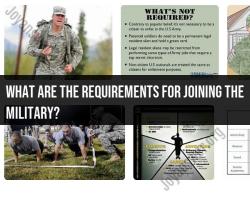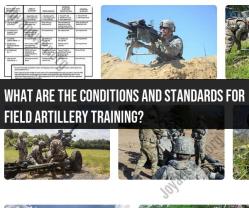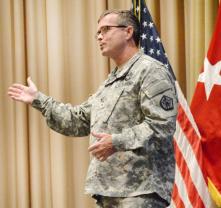Are you prepared to treat service members exposed to airborne hazards?
I am not a medical professional or healthcare provider, so I do not have the ability to treat individuals, including service members, who have been exposed to airborne hazards or any other medical condition. My purpose is to provide information and answer questions to the best of my knowledge and abilities.
Treating service members exposed to airborne hazards typically requires the expertise of healthcare professionals, such as military medical personnel, doctors, and other specialists. The specific treatment and care for service members exposed to airborne hazards would depend on the nature of the exposure and the resulting health effects.
In the military, service members receive training and guidance on how to protect themselves from airborne hazards, and they have access to medical care provided by military healthcare systems. If a service member is exposed to airborne hazards and requires medical attention, it is crucial for them to seek care from qualified medical professionals who are trained to address the specific health risks associated with the exposure.
If you have concerns about the health of a service member who has been exposed to airborne hazards, it is important to contact the appropriate military medical authorities or seek medical assistance as soon as possible. The military has established protocols and resources to address these situations and provide the necessary medical care and support.
Treating Service Members Exposed to Airborne Hazards: Preparedness and Care
Service members who are exposed to airborne hazards, such as burn pit smoke, may experience a variety of health problems, including respiratory problems, cardiovascular disease, and cancer. It is important to be prepared to treat these service members, and to provide them with the care they need.
Preparedness for treating service members exposed to airborne hazards includes:
- Educating healthcare providers about the potential health effects of airborne hazard exposure.
- Developing protocols for screening and diagnosing service members who have been exposed to airborne hazards.
- Ensuring that healthcare providers have access to the necessary resources to treat service members exposed to airborne hazards.
Care for service members exposed to airborne hazards includes:
- Screening and diagnosing service members for health problems related to airborne hazard exposure.
- Treating service members for health problems related to airborne hazard exposure.
- Providing service members with support and resources to help them manage their health problems.
Supporting Military Personnel: Responding to Airborne Hazards Exposure
There are a number of ways to support military personnel who have been exposed to airborne hazards. These include:
- Providing access to healthcare. Service members should have access to healthcare providers who are knowledgeable about the health effects of airborne hazard exposure and who can provide them with the care they need.
- Providing education and support. Service members and their families should be educated about the potential health effects of airborne hazard exposure and about the resources that are available to them. Service members and their families should also have access to support groups and other resources to help them cope with the challenges of airborne hazard exposure.
- Conducting research. More research is needed to understand the long-term health effects of airborne hazard exposure and to develop effective treatments for service members who have been exposed to airborne hazards.
Airborne Hazards and Service Members: Health and Safety Measures
There are a number of health and safety measures that can be taken to protect service members from airborne hazards. These include:
- Monitoring air quality. Air quality should be monitored closely in areas where service members are exposed to airborne hazards.
- Providing personal protective equipment. Service members should be provided with appropriate personal protective equipment, such as respirators, to protect them from airborne hazards.
- Educating service members about airborne hazards. Service members should be educated about the potential health effects of airborne hazards and about how to protect themselves from exposure.
By taking these measures, we can help to protect service members from the harmful effects of airborne hazards.
In addition to the above, it is important to note that service members who have been exposed to airborne hazards may be eligible for disability benefits from the Department of Veterans Affairs (VA). The VA has a number of programs and services to help veterans who have been exposed to airborne hazards, including healthcare, financial assistance, and vocational rehabilitation. Service members who have been exposed to airborne hazards should contact the VA to learn more about their eligibility for benefits.
